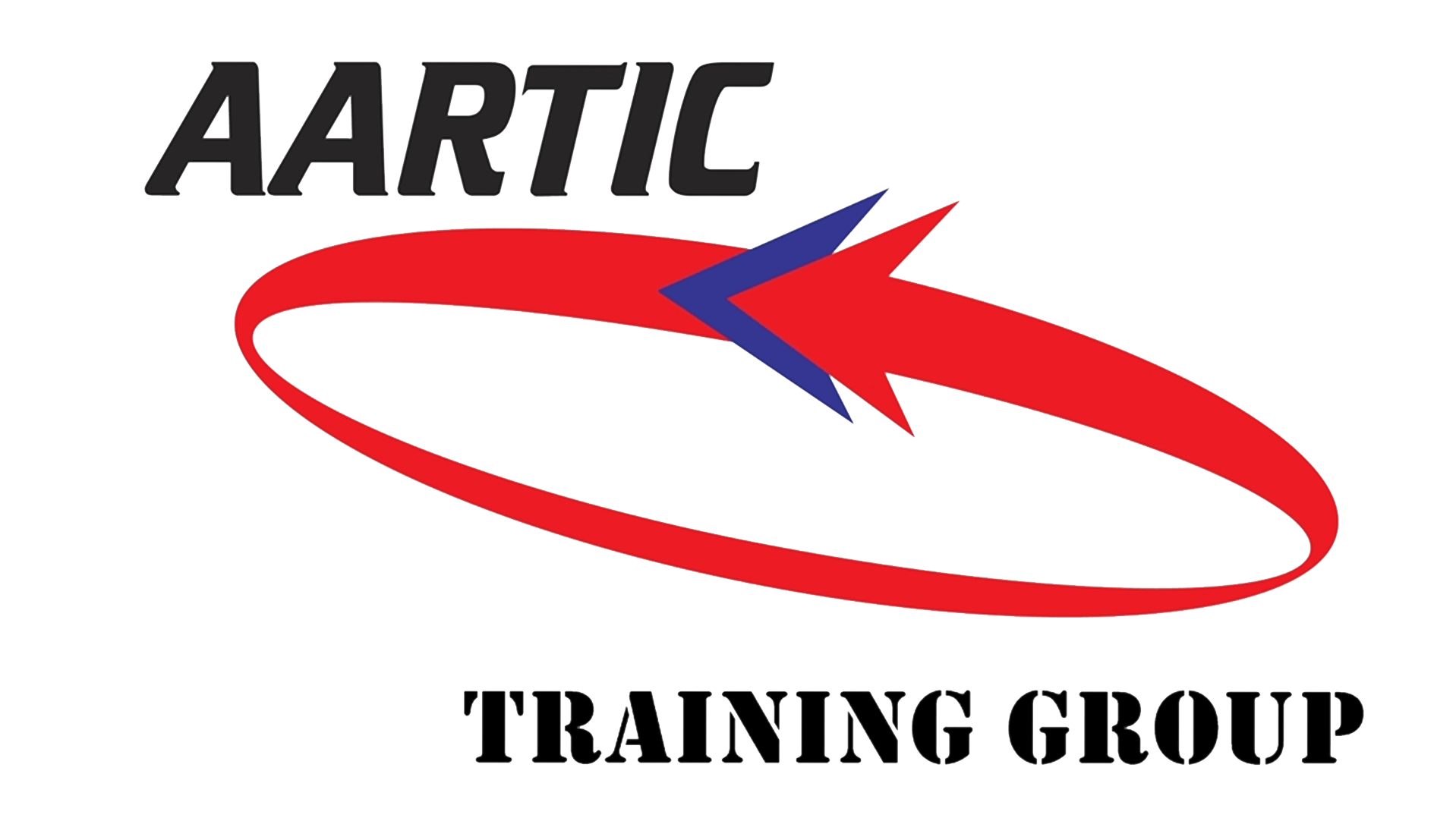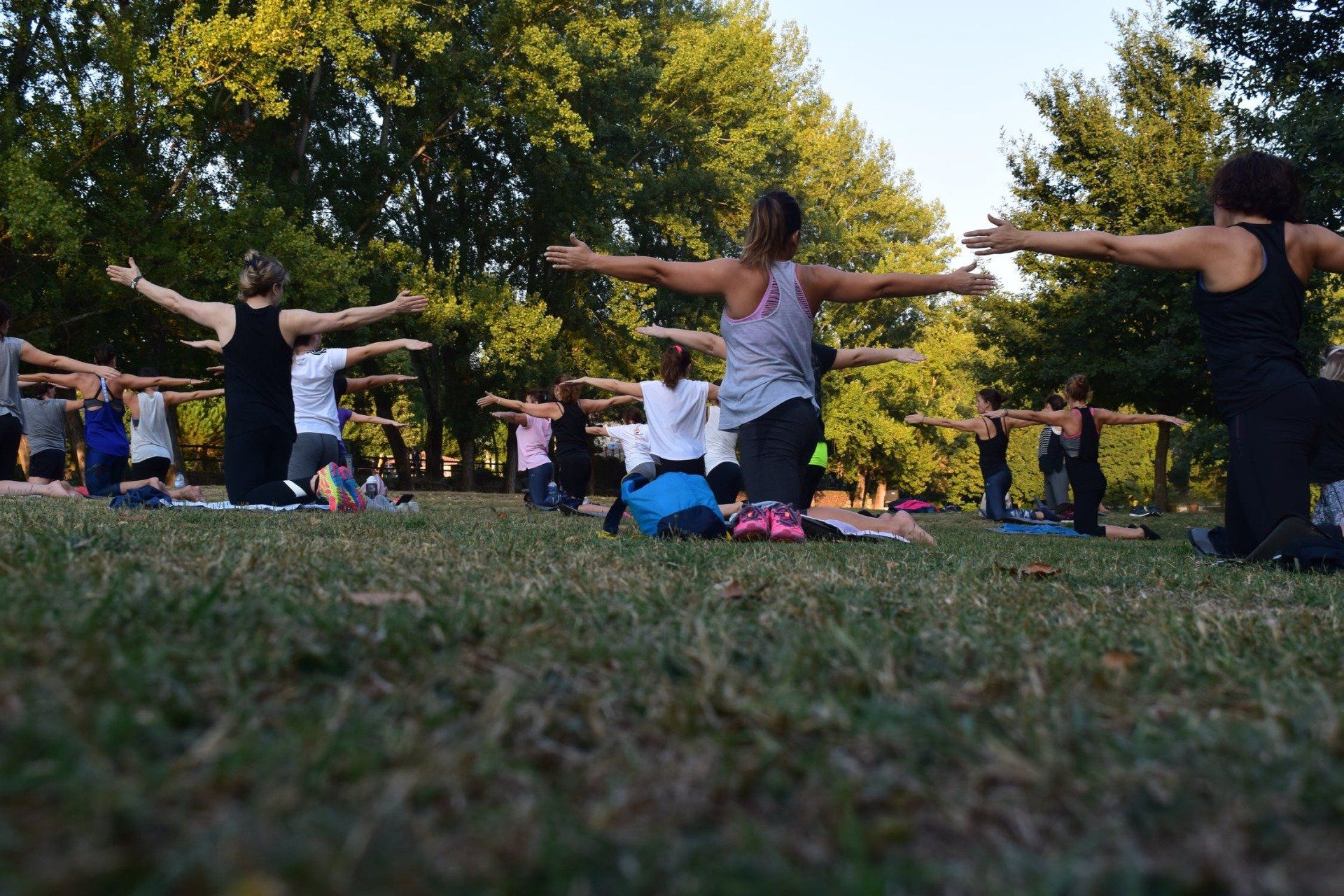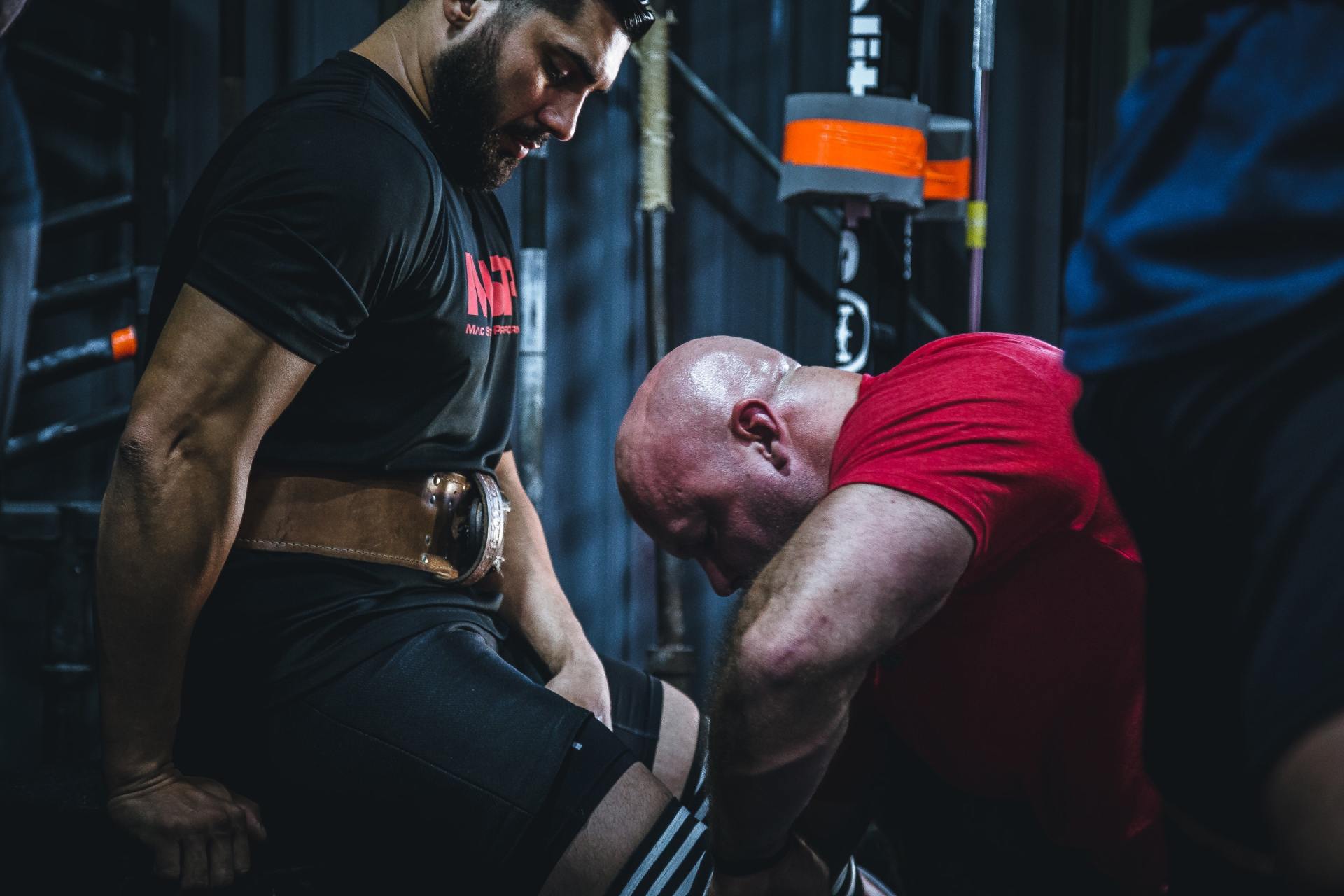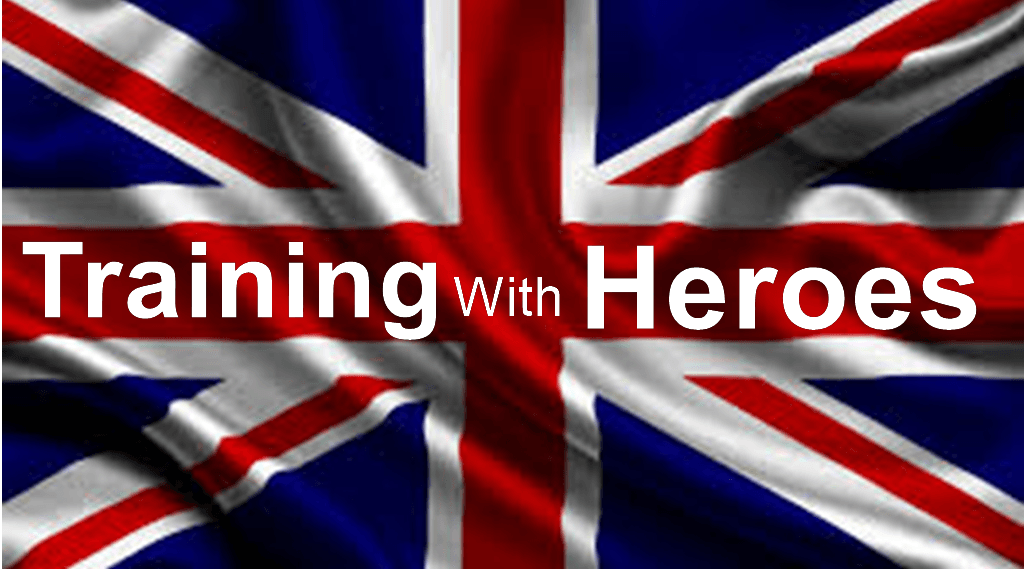5 Myths about Fitness Exercises
Specialist Fitness For The Outdoors
1. Sport is for professionals. This idea applies only in the case of performance sports. The native qualities required for professional sportsperson (speed, skills, specific height, etc.) can only be developed; they can’t be formed by training. As long as the aim of a regular person is not performance, almost all sports can be practised for keeping the body in good shape. It’s all about dosing the training you chose so that the benefits are more significant than wear and tear. Even the sports considered tough can be practised in a ‘soft’ way (tae-bo, mini-triathlon, jogging, etc.).
2. Training is tiring. This idea is accurate as long as it refers to consuming all your energy (muscular and hepatic glycogen). Still, it doesn’t mean that training gets you into that state of exhaustion, which would slow down the body’s recovery. Even in performance sports, the purpose is to have somewhat effective than exhausting training so that the body can get the stimulation necessary to qualitative progress from one exercise to the next.
Even more than in other sports, in fitness, the sportsperson is spared overexerting. However, the training must not become ineffective. People can come to the gym tired after a workday and leave relaxed (physically and psychologically) and not more tired. This is extremely useful for people with sedentary jobs and those who make physical effort at work. They could use the training by choosing a type of action meant to compensate the one involved in their career.
3. Training takes too long. Again, this idea is accurate if applied to performance, which can only be obtained by working a lot. In this case, short and very intense training or training for relaxation and recovery are often performed. In fitness, you can get to a 20-minute routine, working only super-series of fast exercises, which could involve, directly or indirectly, all the muscles. Anyway, regular training shouldn’t take longer than an hour and a half. The body enters a catabolic state where the cortisone can start to eat the muscles.
4. Any type of exercise is suitable for solving your problems. What’s true in this refers to some particular cases like excess fatty tissue. This tissue can be ‘melted’ by any kind of aerobic exercise (running, cycling, swimming) if this is continued long enough. Even in these cases, it was clear that some activities are more effective than others. There are situations when only a combination of exercises with a certain amount of each can provide you with the results you expect. More than that, repeating the same workout all the time can have as a consequence not only losing balance in the antagonist’s muscles and in the joints involved in training but also stopping progress or even regressing.
5. You’re older? No more exercises! This is true only if we refer to extremely demanding efforts (hefty weights, fast running, jumping, etc.). There are lots of activities adapted to different ages. Their purpose is to keep and improve health and also to improve physical shape. The development of movement parameters for older people refers especially to muscular and cardio-vascular resistance and mobility of the joints. Because the final purpose of training is not preparing for a competition, the exercises can be organised gradually according to their difficulty, eliminating the risk of accidents. Because it’s based on perseverance, fitness can be adapted without problems for older people and even for people suffering from different affections specific to old age.
For More Information check out our Outdoor Fitness Qualifications













